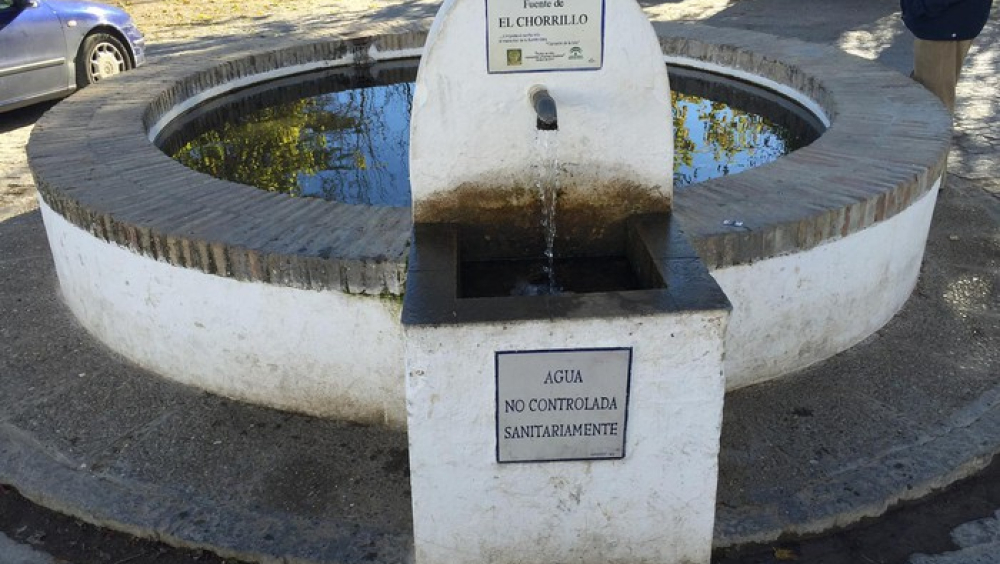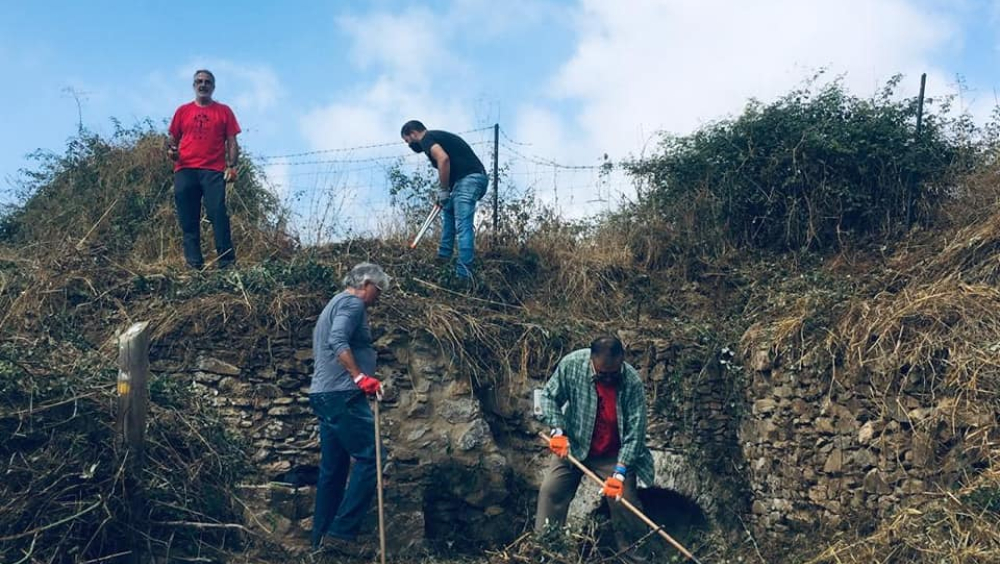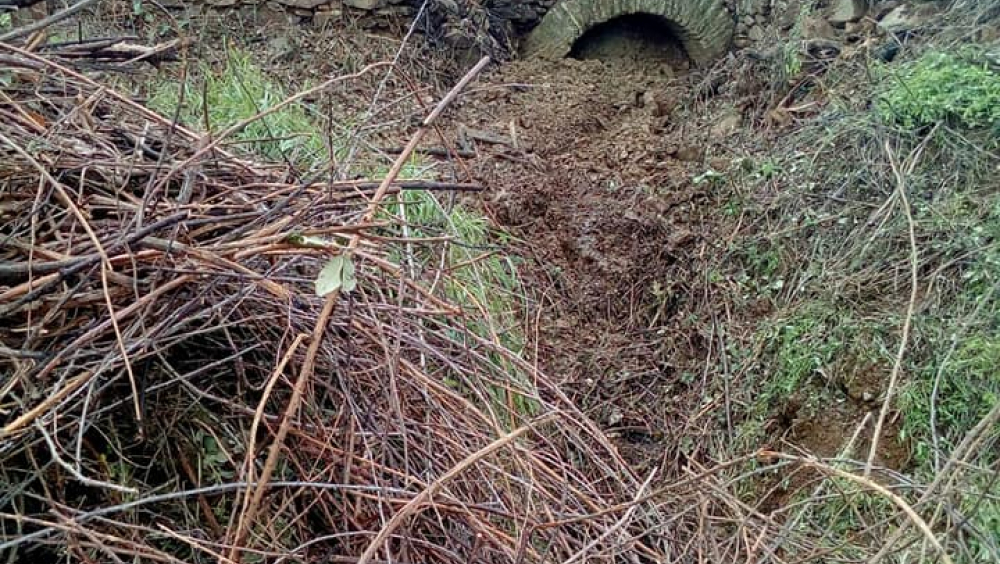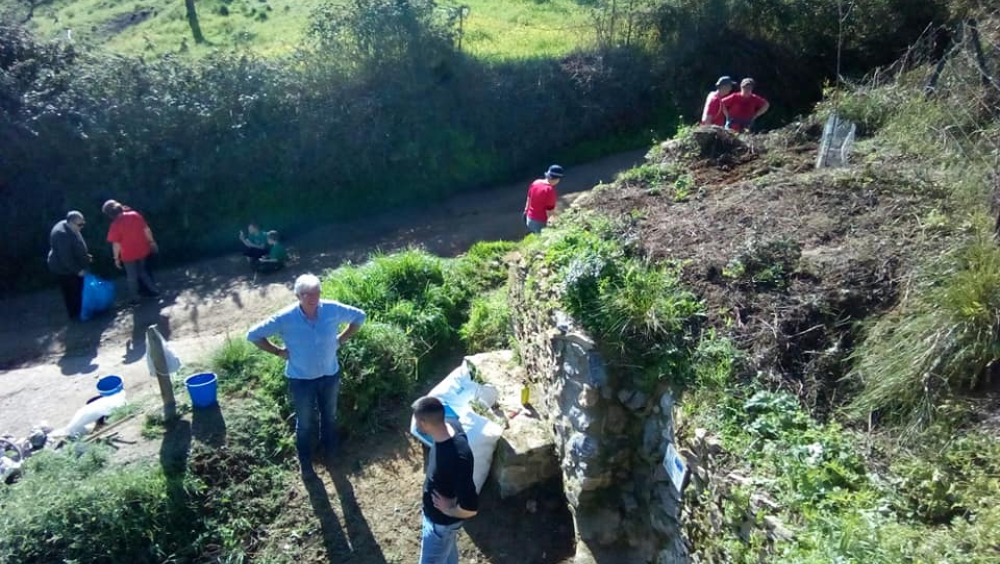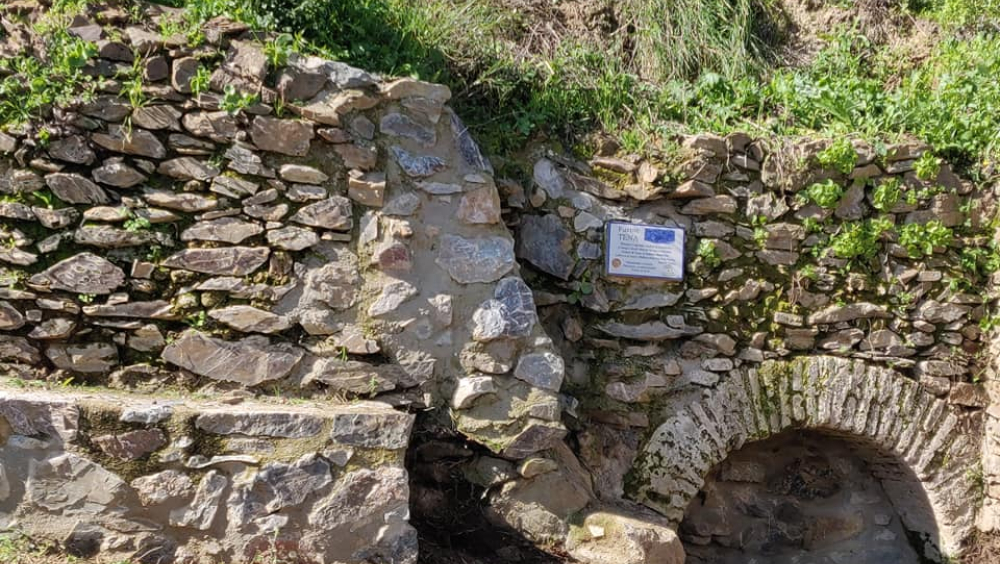The fountains of Cazalla de la Sierra: witnesses of the cultural, historical and natural heritage
In Cazalla de la Sierra there are more than 20 fountains and springs, which have been part of the life and customs of the people, closely related to traditional activities in the use of water. The fountains in the villages have a historical, architectural, aesthetic, environmental and tourist value that contribute to the cultural and natural heritage of the local community. In addition, the conservation and promotion of fountains can have a positive impact on sustainable development and the local economy. However, all the information and uses around these sources are being lost, and it is essential to carry out actions in favor of their conservation and recovery, in order to protect and disseminate their historical, architectural and aesthetic, environmental and tourist.
Despite the enormous importance that the fountains and springs have had for decades, an alarming lack of information from the community has been detected in relation to this heritage, both its location and its history and use and management in traditional life and of the locality, except the elderly. For this reason, it is necessary to collect their wisdom and knowledge, turning them into privileged witnesses who must be offered a speaker with which to spread all the values of these elements, such as:
- Historical value: The fountains have been a source of drinking water and a meeting and socializing place for the local community for centuries. As a result, fountains often have significant historical and cultural value to a town's inhabitants. Discovering in a participatory way (involving the local community) its origin, evolution and its importance in the daily life of the local community (collecting historical documents, old photographs and testimonies of older people in the community) can be essential for heritage conservation.
- Architectural and aesthetic value: Many fountains are architectural works of art in themselves and can be impressive in their design and decoration. In addition, the location of the fountains and their natural environment can be very attractive and contribute to the aesthetics of the town.
- Environmental value: The fountains are usually located in places with a large amount of vegetation and biodiversity, which contributes to the preservation of the environment and local biodiversity. In addition, the sources can be important in the regulation of the hydrological cycle and the maintenance of underground aquifers, which is fundamental in a context of climate change like the current one.
- Tourist value: The fountains can encourage sustainable tourism in the area, promoting cultural and natural heritage. In addition, they can be a place of rest and recreation for visitors and tourists.
Some actions that are intended to be carried out with this project are:
- Historical research: on the fountains and springs of Cazalla de la Sierra to discover their origin, evolution and their importance in the daily life of the local community. This could include collecting historical documents, old photographs, and testimonials from older people in the community.
- Excursions to the fountains and springs: so that visitors can explore and learn more about the history and importance of these places. Guides and educational material could be included to provide additional information.
- Art and culture: Artistic and cultural activities inspired by the fountains and springs of Cazalla de la Sierra could be organized, such as art exhibitions, photography contests, theater performances, among others.
- Community participation: The local community could be involved in the project, encouraging people to share their knowledge and experiences about the fountains and springs in the area. Participatory workshops and activities could be organized to encourage community participation in the conservation and promotion of the cultural heritage of Cazalla de la Sierra.
The fountains and springs of Cazalla de la Sierra are related to the European cultural heritage and the common values of Europe through the following aspects:
The importance of water as a resource: Fountains and springs are a source of natural drinking water, which has been essential for the life and development of mankind since time immemorial. The sustainable management of water resources is a common European value and a concern that has been addressed throughout Europe (acquiring a crucial character in a context of climate change in which a reduction in rainfall and water availability is expected). Therefore, the conservation and protection of the fountains and springs of Cazalla de la Sierra is important for the cultural heritage and common European values.
The relationship between water and architecture: Fountains and springs have often been built as prominent architectural elements in urban and rural planning in Europe. The architecture and engineering of these places reflect the aesthetics and technology of the time in which they were built. Furthermore, the location of fountains and springs in European towns and cities has been carefully considered to maximize their efficiency and accessibility for the local community.
The preservation of cultural heritage: The conservation and promotion of the fountains and springs of Cazalla de la Sierra can be seen as a way of preserving the European cultural heritage. The preservation of historical and cultural sites is a common European value that promotes cultural diversity and the protection of Europe's common heritage.
The promotion of sustainable tourism: The fountains and springs of Cazalla de la Sierra can be a tourist attraction for visitors interested in local history and culture. The promotion of sustainable tourism, which fosters respect for cultural and natural heritage, is a common European value that can promote sustainable development and the local economy.
